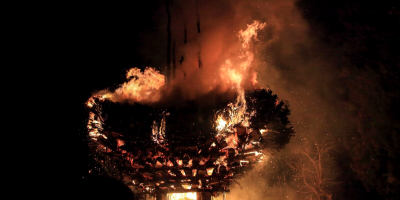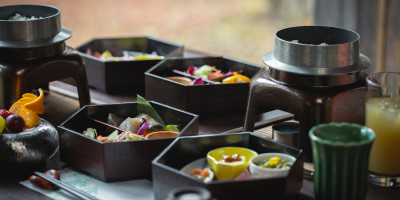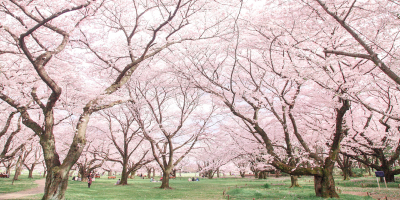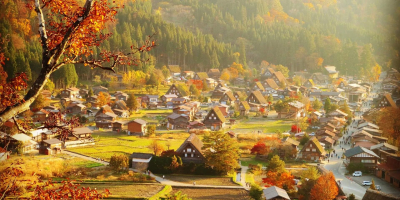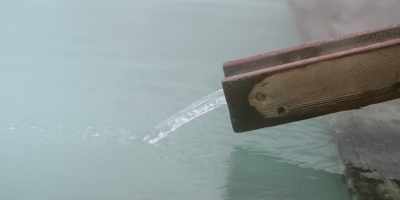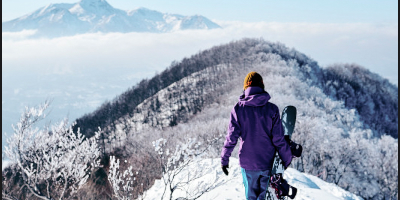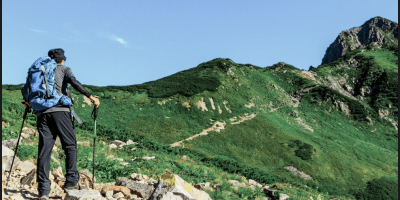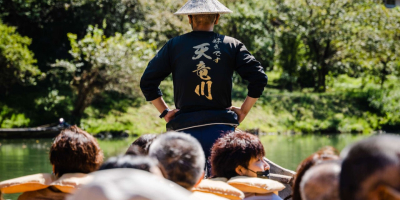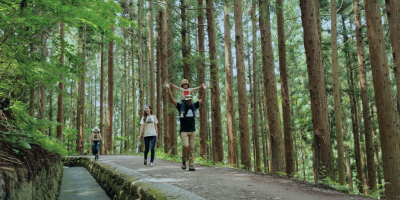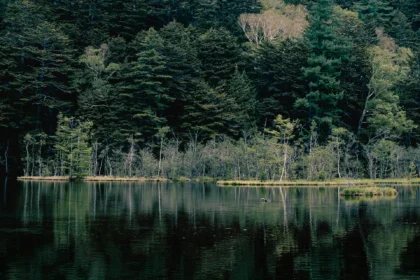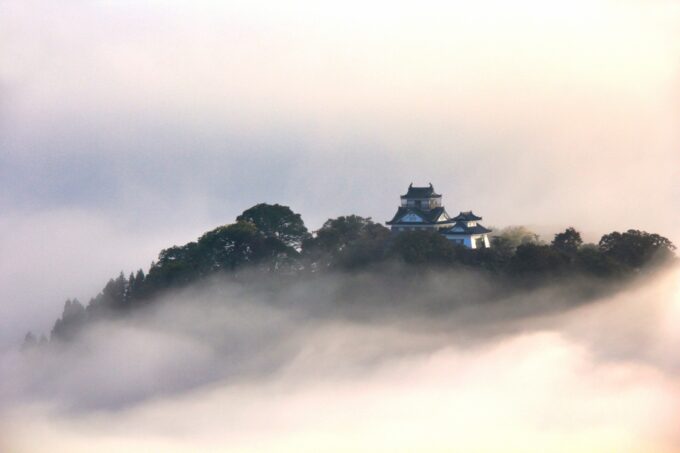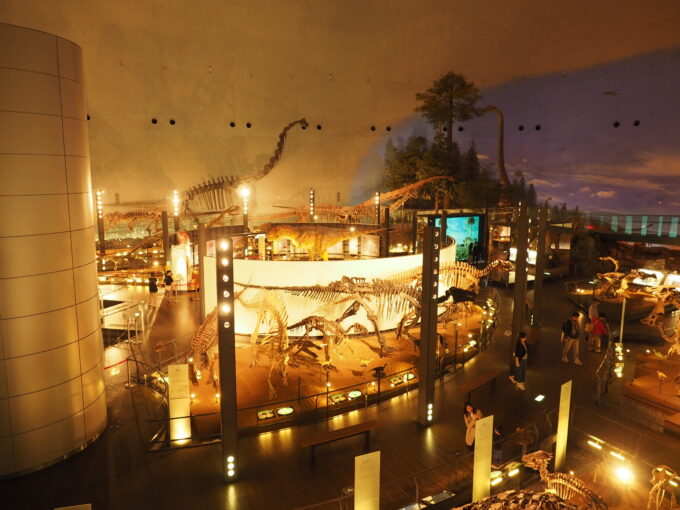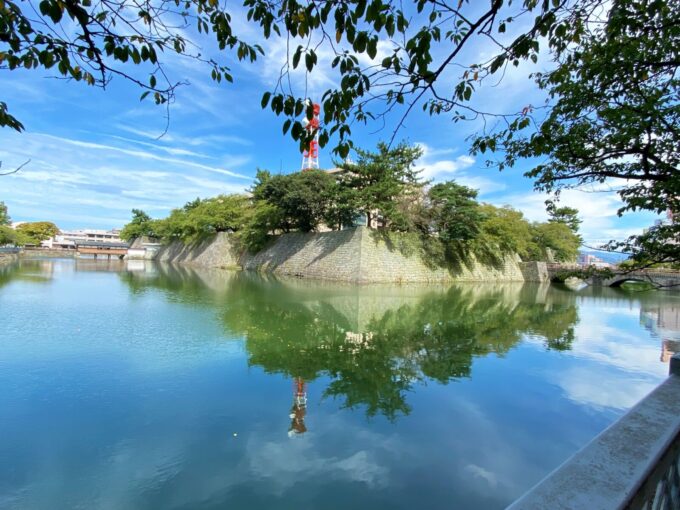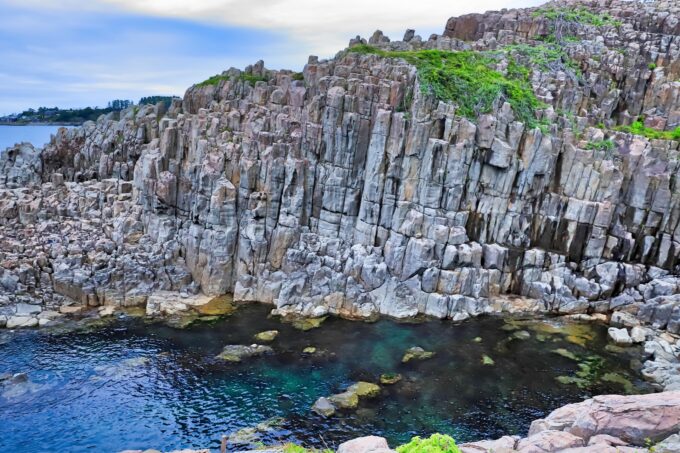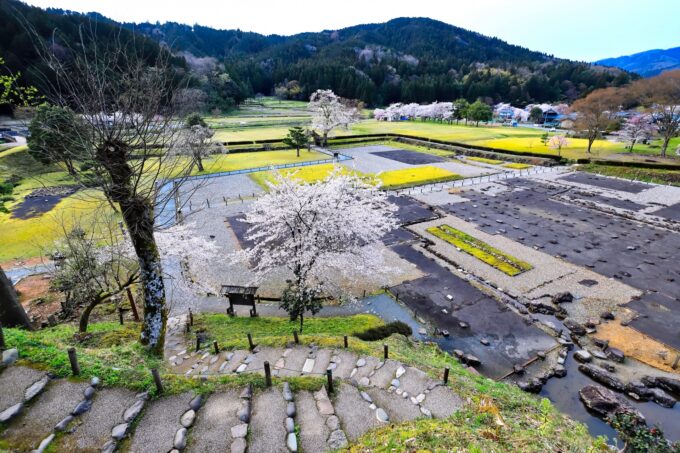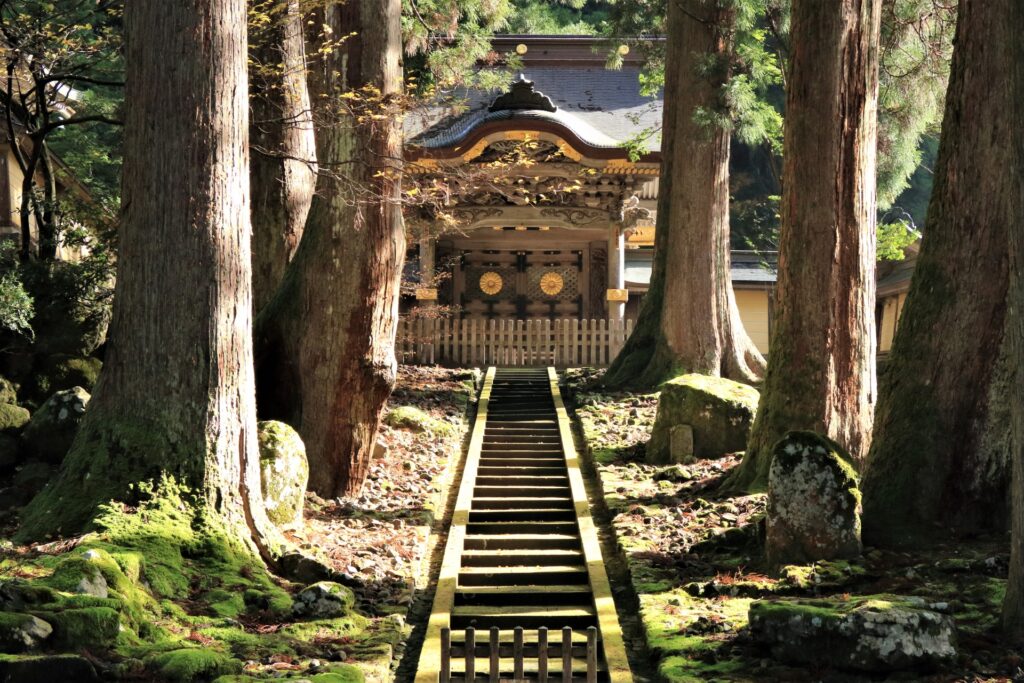
What is Eihei-ji Temple?
Eihei-ji Temple is one of the two main sects of Soto Zen Buddhism, itself one of the two main branches of Buddhism in Japan. It was founded by a monk called Dogen in 1244 and has been an important temple to members of the sect ever since. The temple is also a popular visitor attraction for people who are drawn to its serene beauty, views of the surrounding mountain nature and its powerful position in the history of Zen Buddhism.
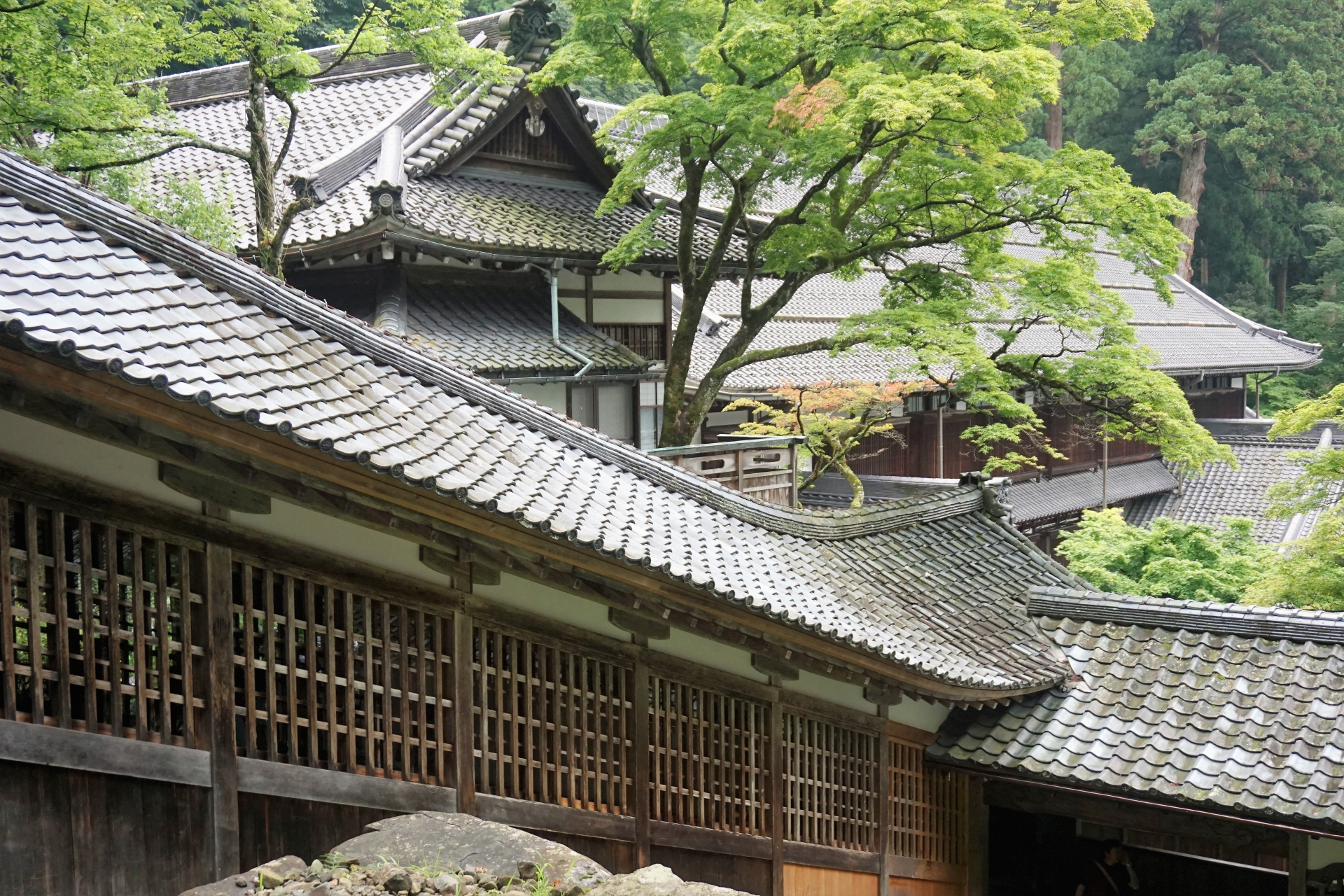
Who was Dogen?

Born in the year 1200, Dogen is thought to have been the illegitimate son of a noble. His mother died when he was only seven, so he was raised by his uncle near another temple that served as the headquarters of the Tendai sect of Buddhism.
Dissatisfied with the temple's message that all beings are born enlightened, he believed that the path to enlightenment was a lifelong pursuit requiring hard work and dedication. Dogen was also frustrated at what he saw as internal politics and social games getting in the way of the monks' duties. So Dogen did what any upstart young monk would do and went on a pilgrimage.
He travelled to other Buddhist schools within Japan for a time, but eventually decided that his journey would take him to China. Through his early 20s, he studied under various masters across southern China but found them to be over-concerned with what he considered to be superfluous aspects of Buddhism. Eventually he found a master called Rujing in Tiantong Temple in the northeast. Dogen would later write that Rujing had often told him to "cast off the body and mind" and the phrase would have a lasting impact on the young monk.
Finishing his studies in Tiantong, Dogen returned to Japan around 1228. He returned to his old temple, but was essentially chased out within two years as the Tendai sect began taking steps to curb the growing influence of Zen and New Pure Land Buddhism - which would go on to be the dominant school in Japan - and spent the next ten years in an abandoned temple south of Kyoto. In that time, he made friends with a wealthy landowner in modern-day Fukui Prefecture, who invited him to the area to build a temple. The temple was finished by 1244 and renamed Eihei-ji meaning "The Temple of Eternal Peace." Dogen taught there for a time, but grew sick in 1248 and passed on his robes to his successor in 1252. He died a year later.
Eihei-ji Through the Years

This map of Eiheiji took one artist 4.5 years to paint.
Within just a few generations, though, Eihei-ji fell from prominence. Dogen's successor failed to name his own successor before he died in 1280. Four of Dogen's other disciples laid claims of varying strength to the right to serve as the Zenji, the head monk of the temple. As all had different ideas about how the temple should move forward, a great schism happened. The eventual successor, Gien, is remembered only for how little impact he made on history. The others went off and formed their own temples across modern-day Fukui and Ishikawa Prefectures. While Eihei-ji dwindled, their temples flourished and fought.
The temple was almost completely burned down in a fire in 1340, then burned again by a rival sect called the Ikko-Ikki (the same who burned down Kanazawa Castle in the late-1400s). Since then, sporadic fires through the centuries have destroyed different parts of the temple. The oldest building in the complex now is the Sanmon, the mountain gate, which dates back to 1794.
Centuries of political infighting between the Soto Zen sect came to a head in the early-1600s. The Tokugawa Shogunate decreed Eihei-ji as the head school for Soto Zen Buddhism along with Soji-ji Temple in Kanagawa Prefecture.
Eihei-ji in the Modern Era



Since the Edo Period (1603 - 1868), Eihei-ji has largely remained unchanged. It serves as the main training temple for young monks in the Soto Zen sect, and visitors to the temple can often see the trainees - called Unsui - learning different prayers or (much more likely) cleaning areas around the grounds. Although it still functions as an important part of Soto Zen Buddhism, Eihei-ji is mostly visited for its tranquil atmosphere, beautifully designed buildings, and its proximity to nature.

The seven main buildings of the complex are designed to look like the Buddha sitting in zazen meditation. As you ascend through the temple, you read the main hall, which represents the head. It acts as the place where true enlightenment happens and is the centre for learning. While we can't go into all of the areas through the temple, the off-limits areas are explained in an extensive video shown at the start of the route.




Eihei-ji is famous in modern Japan for being the perfect spot to enjoy each season in full swing. Its mountain location is in a goldilocks zone to see the best of Japan's nature. From spring blooming, the greenery of summer, the fires of the autumn leaves and the deep snow of winter, you can see the best of it all while walking through Eihei-ji's halls.

Also at the complex is the "Founder's Hall" (pictured above) where Dogen's remains are kept. The hall has an ethereal quality to it and you can sometimes see the Unsui doing their prayers there. You'll also be able to see one of the temple's most notable treasures - calligraphy done by Emperor Meiji himself. It reads 承陽 (joyo), with the first character meaning "to pass on" or "to inherit" and the second representing freedom from ignorance. The calligraphy is covered with gold leaf and is a clear indicator of Eihei-ji's high standing and cultural significance.

The most famous sight of the temple, of steps leading up to a locked gate, is forbidden to enter. While you can take pictures looking up to this area, it is a sacred site as it houses the graves of the Matsudaira clan. They were the daimyo family of the region now known as Fukui, tracing their lineage back to the second son of the first Shogun, Tokugawa Ieyasu. He placed his son Hideyasu as the first daimyo of the area.
Goshuin (Red Seal Stamps)

Eihei-ji is a perfect place to get started on your goshuin journey. The temple sells three different books with exquisite covers of different areas of the grounds. It usually only offers one type of stamp itself which is usually handwritten but may be preprepared if it's in the busy season. There are also sometimes seasonal stamps, but they are rare. The stamp itself costs JPY300, while the books range from JPY1500 to JPY3000.
Visiting Eihei-ji
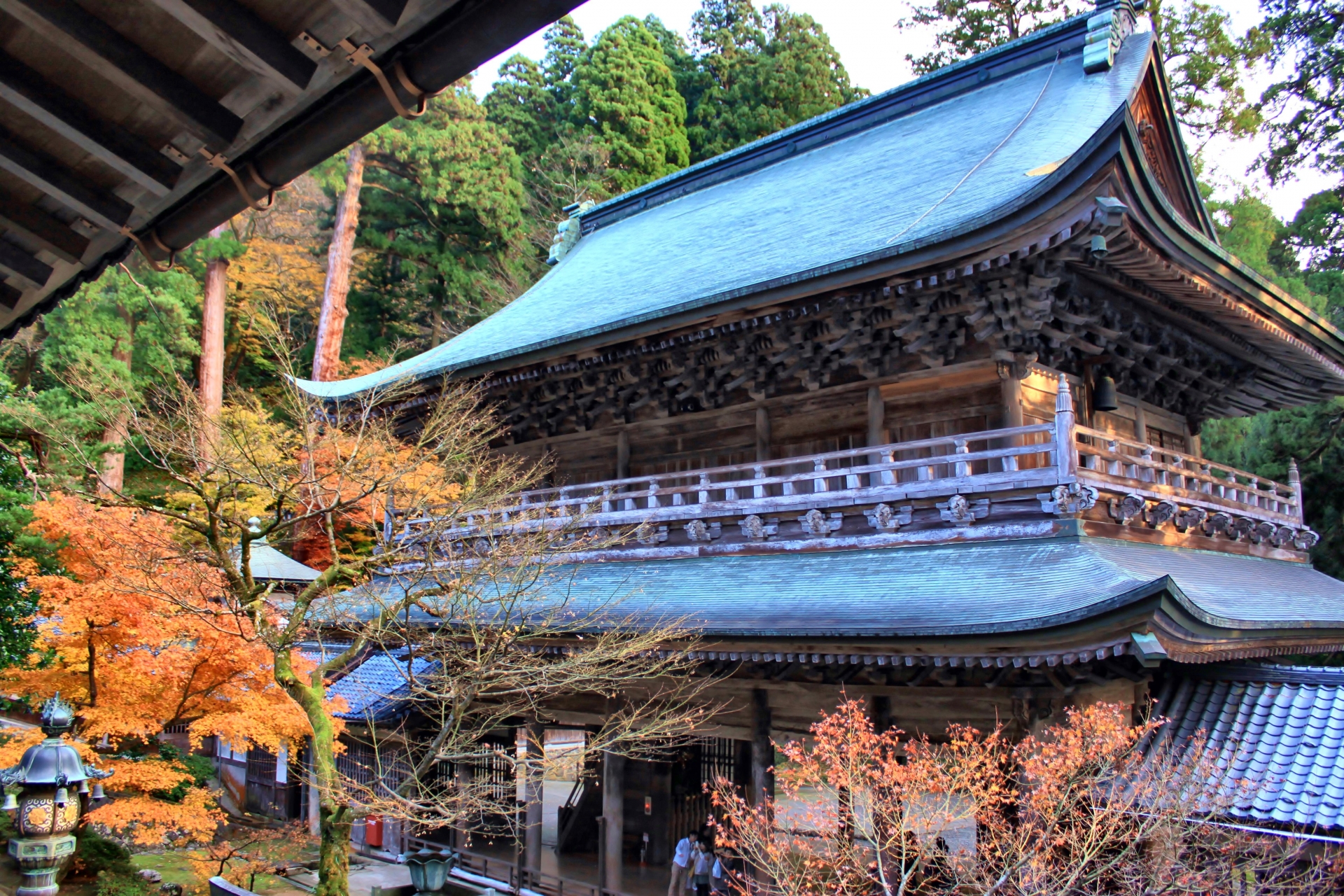
Daihonzan Eihei-ji is one of Central Japan's most engaging and worthwhile destinations, which by itself, is reason enough to travel to Fukui. While it can be busy when large tour buses arrive, its relatively distant location prevents the congestion of the famous temples of Kyoto and other popular destinations, while the beautiful natural setting rewards visitors with a deep sense of peace and serenity. For accommodation listings nearby the temple, see our 'Daihonzan Eihei-ji Temple Area' hotel page.
If you are interested in seeing it for yourself with a guide who can help you understand the temple and the history of it, join us! Below is a tour that includes a half day in Fukui city and the afternoon at Eiheiji.
EIHEIJI & FUKUI CITY FROM KANAZAWA / all year round
1 Day Tour from Kanazawa: Eiheiji Temple and Fukui City Castle Town
- Spots:
- Pick-up:
- Drop-off:
As one of the head temples of the world-famous Japanese Soto Zen Buddhist sect, Eiheiji Temple is a place where you can feel the mystery and beauty of traditional architecture hidden in a natural paradise. On this tour you can choose start from either Kanazawa Station or Fukui Station. After grouping up at Fukui Station, we will take a tour of the city in the morning, seeing the castle walls, the "rainbow" shrine, and views of the city from the Atagozaka Slope. We will eat in the city before heading out on a direct bus to Eiheiji Temple. The ride into the mountains is about 30 minutes and we will arrive near the temple grounds. This area has had groupings of temples for over 500 hundred years and at its peak had thousands of monks living in the area. We will walk through the temple and learn about the history as we climb up deeper into the temple. There are many excellent photo spots to discover, too. There are so many interesting angles that catch the intertwining of nature and architecture all over the complex. Try to find the one that touches you the most!
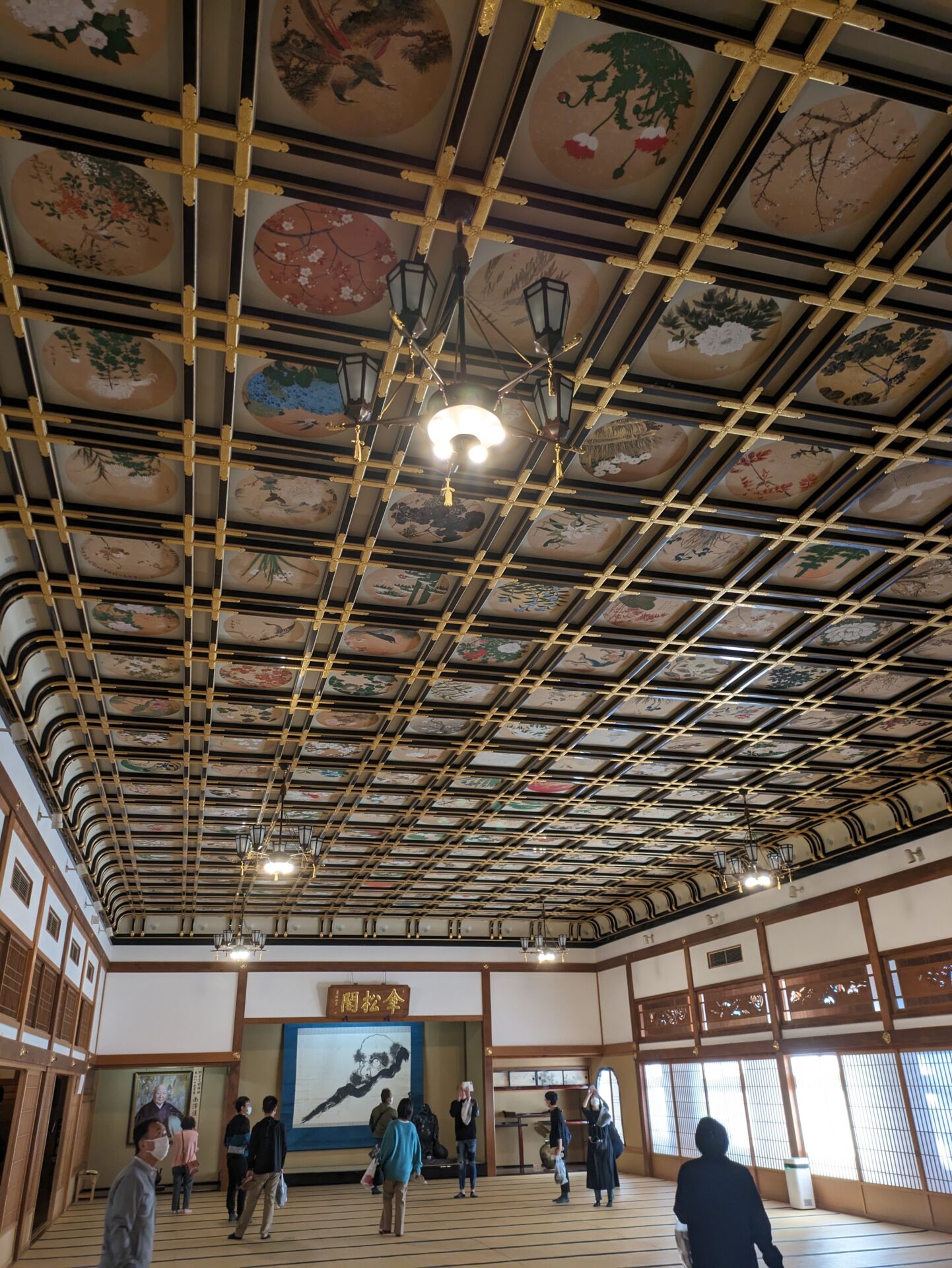

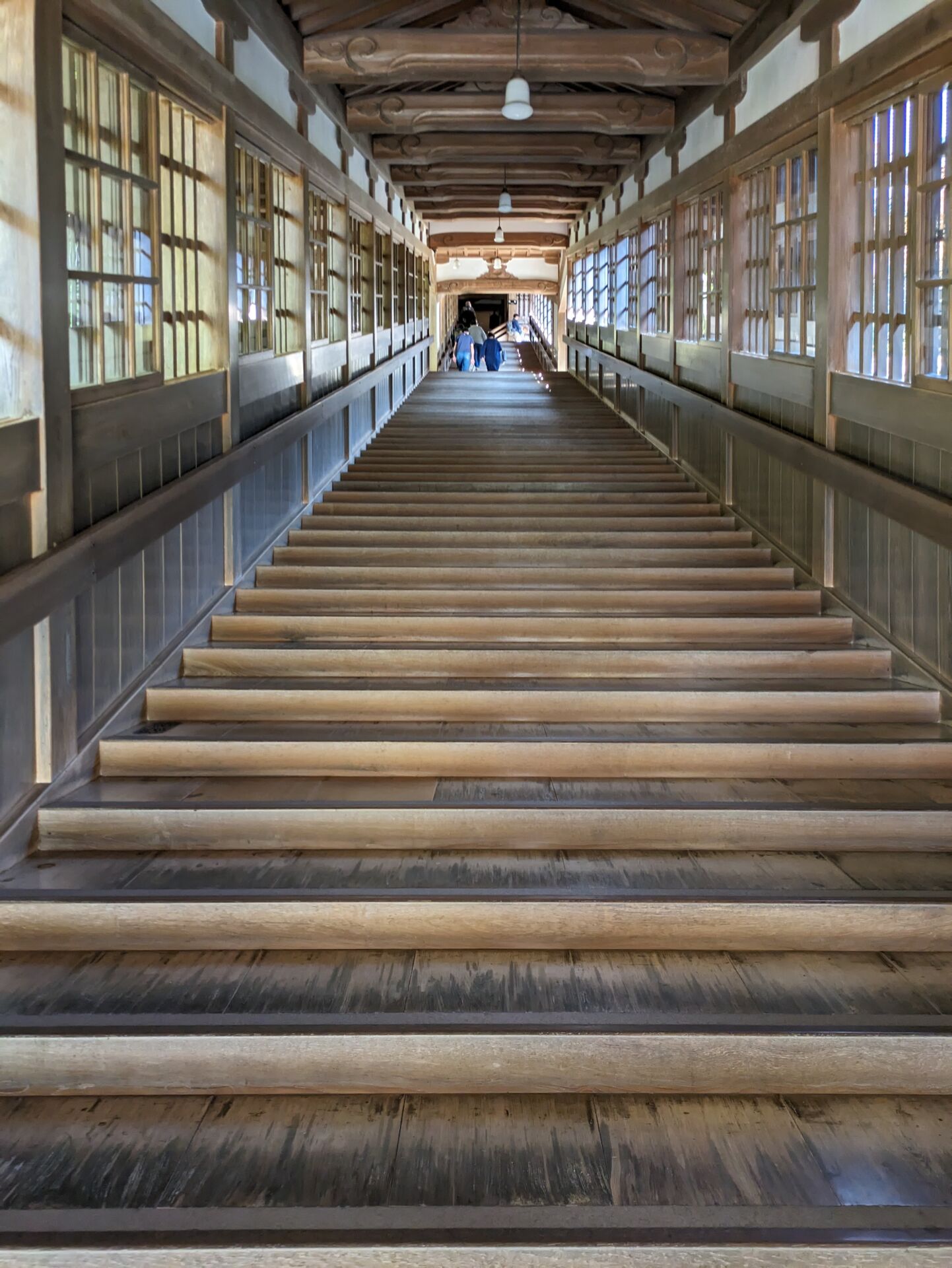

Frequently Asked Questions (FAQ)
Is the temple wheelchair accessible?
Unfortunately, the temple is only wheelchair accessible up to the mountain gate. The areas further up the temple are inaccessible to wheelchair users.
How much does it cost to enter Eihei-ji?
It costs JPY700 for an adult ticket.
What is zazen?
Zazen is a type of seated meditation that many Buddhist practitioners do daily. It is most-commonly associated with Zen. Trainee monks at Eihei-ji do zazen for up to eight or nine hours a day.
What are the opening times of Eihei-ji?
Eihei-ji is open from 8:30 A.M. to 4:30 P.M. every day.
Why are all the monks so young?
As Eihei-ji is a training temple, people who decide they want to be a monk when they finish school are sent here. Those who decide later in life are sent to a different temple.
Can I take a tour around Eihei-ji?
Snow Monkey Resorts currently offers a tour to Eihei-ji. The tour can be joined from either Kanazawa Station or Fukui Station and spends the afternoon in Eihei-ji Temple. Also on the tour is a visit to Zuigenji, a temple in the Rinzai Zen sect, a short climb to a traditional viewpoint, and a visit to a beautiful shrine with more than 250,000 origami cranes.
1 Day Tour from Kanazawa: Eiheiji Temple and Fukui City Castle Town
- Spots:
- Pick-up:
- Drop-off:



